I have two problems handling my time variable in Gnu R!
Firstly, I cannot recode the time data (downloadable here) from factor (or character) with as.Posixlt or with as.Date without an error message like this:
character string is not in a standard unambiguous format
I have then tried to covert my time data with:
dates <- strptime(time, "%Y-%m-%j")
which only gives me:
NA
Secondly, the reason why I wanted (had) to convert my time data is that I want to plot it with ggplot2 and adjust my scale_x_continuous (as described here) so that it only writes me every 50 year (i.e. 1250-01-01, 1300-01-01, etc.) in the x-axis, otherwise the x-axis is too busy (see graph below).

This is the code I use:
library(ggplot2)
library(scales)
library(reshape)
df <- read.csv(file="https://dl.dropboxusercontent.com/u/109495328/time.csv")
attach(df)
dates <- as.character(time)
population <- factor(Number_Humans)
ggplot(df, aes(x = dates, y = population)) + geom_line(aes(group=1), colour="#000099") + theme(axis.text.x=element_text(angle=90)) + xlab("Time in Years (A.D.)")
